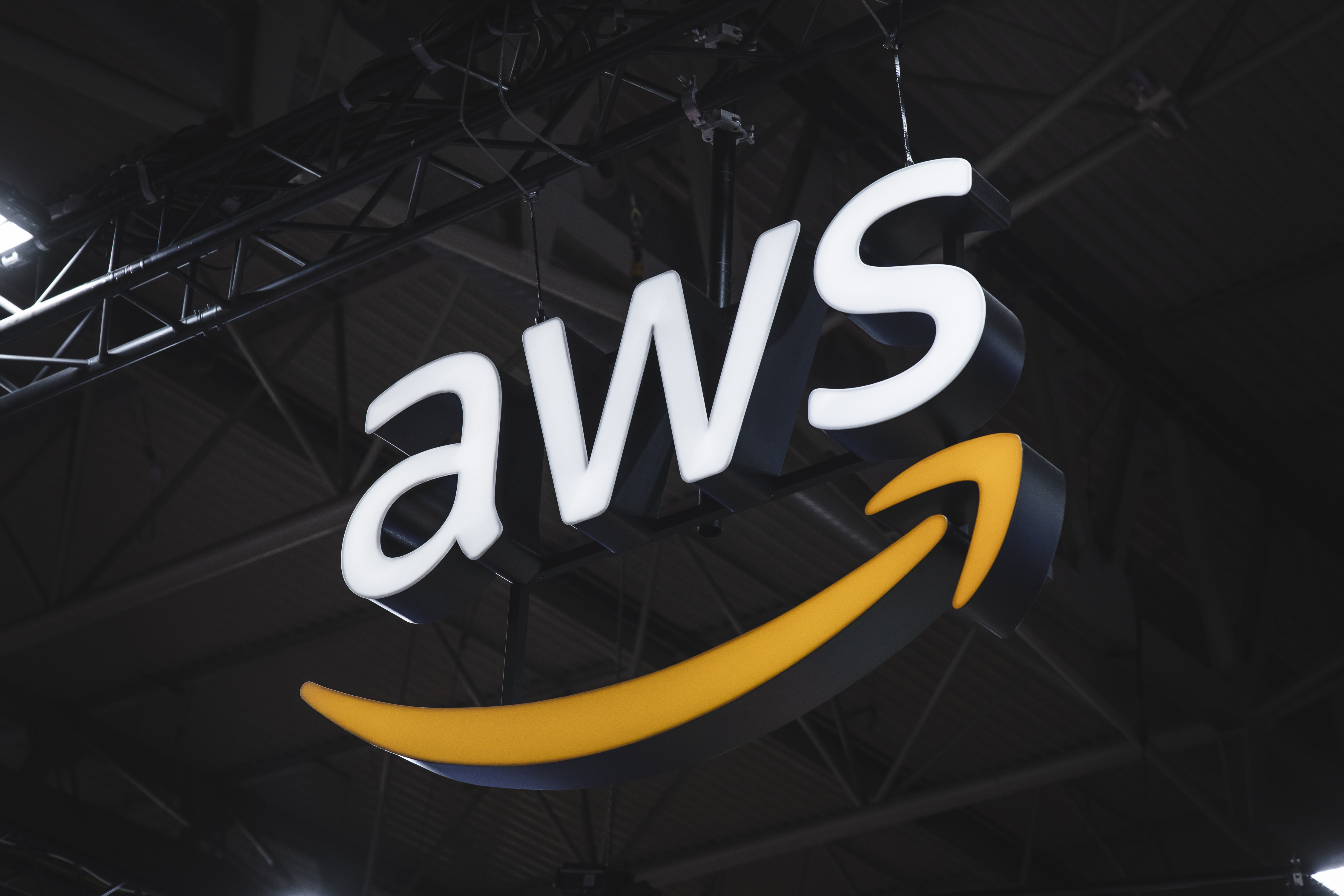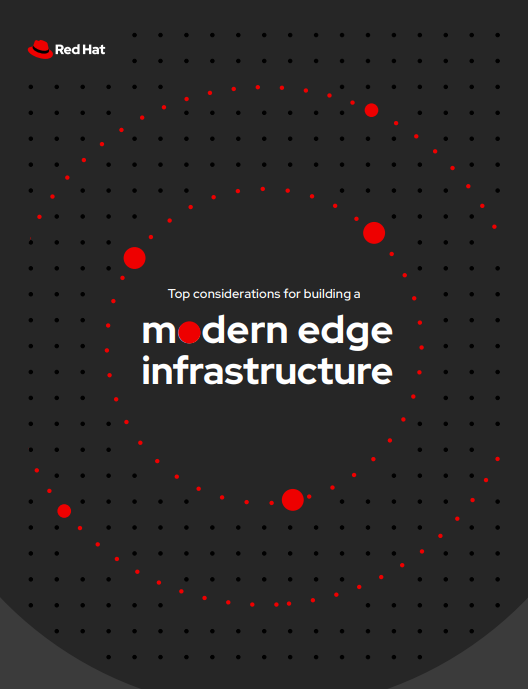Amazon and Red Hat partner on bringing OpenShift to AWS
The ROSA managed service makes it easier to build, scale and managed Kubernetes clusters on AWS


AWS and Red Hat have jointly launched a managed service that allows customers of both companies to manage containerised applications through the cloud.
With Red Hat OpenShift Service for AWS (ROSA), Red Hat customers can create cloud-based Kubernetes clusters, as well as build and scale their containerised applications, without needing to manage any underlying infrastructure.
ROSA allows businesses to more smoothly move on-prem Red Hat OpenShift workloads to AWS, with this managed service available alongside tighter integrations with a suite of AWS services.
Existing AWS customers can also take advantage of the partnership by deploying container clusters without needing to go through Red Hat. Billing, as well as technical support, is handled directly through AWS, with no up-front investments, and customers charged only for the container clusters and nodes they use.
“Increasingly, customers are turning to containers to improve application velocity and portability, and they’re growing to rely on technologies like Red Hat OpenShift and AWS that make it easier to deploy containerised applications,” said AWS’ GM Kubernetes, Bob Wise.
“ROSA gives these customers the ability to seamlessly run containers on AWS using familiar Red Hat OpenShift APIs and tooling, and integrates the full breadth and depth of AWS services to build, scale, and manage their workloads.”
Red Hat’s OpenShift platform is a family of containerised software products. The flagship Container Platform serves as an on-premises platform as a service (PaaS) system built around Docker containers and managed by Kubernetes.
Sign up today and you will receive a free copy of our Future Focus 2025 report - the leading guidance on AI, cybersecurity and other IT challenges as per 700+ senior executives
Many OpenShift customers have in the past been required to manage OpenShift clusters on top of AWS deployments by themselves, with much more work required to make it happen, including maintaining two vendor relationships. Using ROSA will allow them to create Kubernetes clusters using OpenShift APIs and tools while being able to access a variety of AWS services from within the AWS console.
With ROSA, AWS claims Red Hat customers can access the breadth of its compute, database, analytics, machine learning, networking, and mobile services in order to build secure and scalable applications much faster.
Each ROSA cluster comes with a fully-managed control plane and application nodes. Installation, management, maintenance, and upgrades are monitored by Red Hat’s site reliability engineering (SRE) division with joint Red Hat and Amazon support. Cluster services, such as logging, metrics, monitoring, are also available.
Customers can acquire the service directly from the AWS console on their own. As with other AWS services, such as elastic compute cloud (EC2), organisations spin up OpenShift clusters and will be charged based on consumption. Customers can also contact their Red Hat or AWS representative to purchase ROSA clusters.
“Red Hat OpenShift provides a common, open and enterprise-grade Kubernetes platform to span hybrid infrastructure, from a customer’s physical datacenter to their operations in AWS,” said Red Hat’s VP for Hosted Platforms, Sathish Balakrishnan.
“ROSA provides a streamlined process for organizations that want to extend the power of Red Hat OpenShift in AWS without having to manage separate technology streams, enabling IT teams to focus on delivering value and not managing underlying infrastructure.”

Keumars Afifi-Sabet is a writer and editor that specialises in public sector, cyber security, and cloud computing. He first joined ITPro as a staff writer in April 2018 and eventually became its Features Editor. Although a regular contributor to other tech sites in the past, these days you will find Keumars on LiveScience, where he runs its Technology section.
-
 I couldn’t escape the iPhone 17 Pro this year – and it’s about time we redefined business phones
I couldn’t escape the iPhone 17 Pro this year – and it’s about time we redefined business phonesOpinion ITPro is back on smartphone reviews, as they grow more and more intertwined with our work-life balance
-
 When everything connects, everything’s at risk
When everything connects, everything’s at riskIndustry Insights Growing IoT complexity demands dynamic, automated security for visibility, compliance, and resilience
-
 UK enterprises lead the way on containerization, but skills gaps could hinder progress
UK enterprises lead the way on containerization, but skills gaps could hinder progressNews The UK risks fumbling its lead on cloud native deployments due to skills issues, according to Nutanix’s Enterprise Cloud Index (ECI) survey.
-
 Kubernetes misconfiguration unknowingly exposed data of Fortune 500 firm, hundreds more
Kubernetes misconfiguration unknowingly exposed data of Fortune 500 firm, hundreds moreNews The Kubernetes misconfiguration could have had serious ramifications for the company
-
 Is the Kubernetes security deficit widening?
Is the Kubernetes security deficit widening?In-Depth Kubernetes and containerization are surging in popularity but organizations are worrying over unaddressed cyber security risks
-
 AWS' $13 billion India expansion shows why South Asia is next cloud hotspot
AWS' $13 billion India expansion shows why South Asia is next cloud hotspotAnalysis The big three hyperscalers view India as a prime market for expansion in light of recent growth
-
 Cloud earnings show ‘slowdown’ still not out of the question
Cloud earnings show ‘slowdown’ still not out of the questionNews Earnings calls from Microsoft and Google show there’s still some gas in the tank for cloud providers
-
 What is AWS EC2?
What is AWS EC2?In-depth Released in 2006, the iconic cloud service offers developers secure and scalable computing capacity
-
 Top considerations for building a modern edge infrastructure
Top considerations for building a modern edge infrastructureWhitepaper Extend hybrid cloud capabilities all the way to data sources and end users
-
 AWS launches its second Top Secret region
AWS launches its second Top Secret regionNews The new region offers multiple availability zones geographically distinct from AWS Top Secret-East